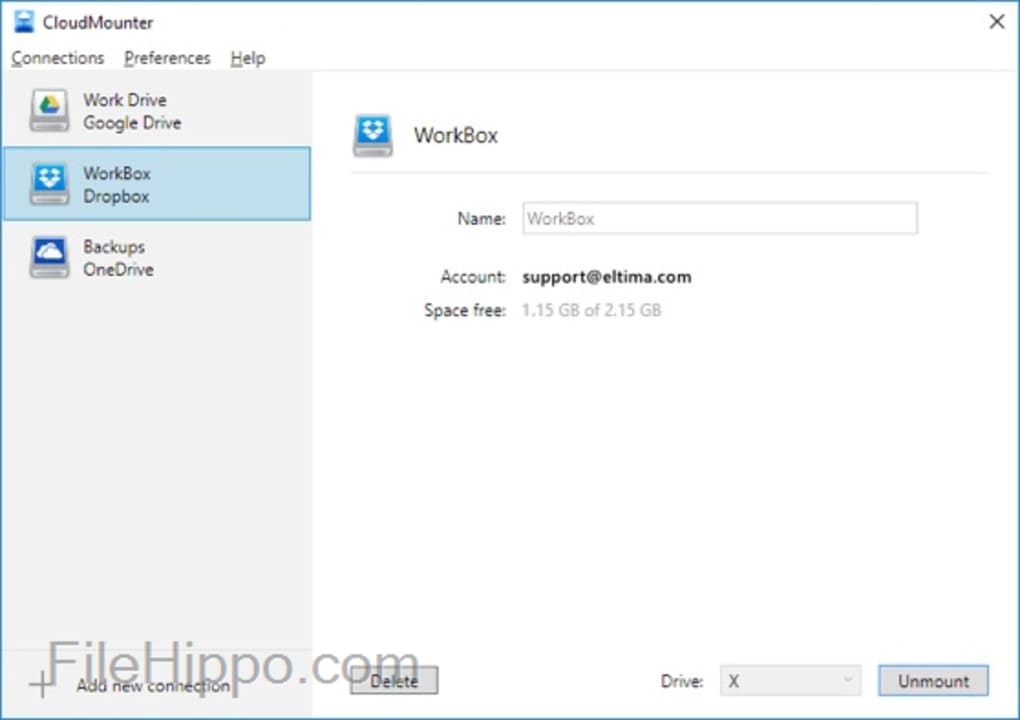
It shows you a list of cloud storage services you can connect to and once you are connected, they are displayed at the left-hand side. One time purchase ranging between 30 and 54, and / or subscription that costs about 3 per month. Ordinary disks are set up to be used to locate carriers. Our users have written 3 comments and reviews about CloudMounter, and it has gotten 17 likes. It is simple to use through its minimalistic UI and offers integration with Explorer making it simple to deploy and use. You can also manage one of your Dropbox, Google Drive, and Microsoft OneDrive accounts for free. Mount most cloud services as disks, without the need to download any online. Another nice feature included with CloudMounter is the ability to quickly work with any online files in the same manner as working with local ones.
#CLOUDMOUNTER WINDOWS REVIEW FOR MAC#
The user interface is simple to understand. CloudMounter is a Windows app and is also available for Mac OS, making it much easier to run the cloud. CloudMounter is an essential tool for those who have SSD-drives with low capacity. When you have downloaded the application, you will be presented with the CloudMounter window.
#CLOUDMOUNTER WINDOWS REVIEW SOFTWARE#
Using CloudMounterĪ personal license for CloudMonter retails at $29.99+VAT, but you can try it out for 14 days free of charge (as always, I recommend trialling software before handing over any money to make sure it does what you need). Hard drives seem a better option at this time given the pricing of cloud storage, but I love the idea of mapping Dropbox as a local drive particularly as I have so much unusued storage to use on Dropbox.

File Browser works without overheads of Windows Explorer and macOS.

In the short term, I don’t think Dropbox/CloudMounter is the right solution for me for archiving old YouTube videos. With File Browser you can open, download, rename and delete remote files without mount. This tool lets you easily mount popular cloud services, like Dropbox and Google Drive, as disks right on your hard drive, making them much easier to access.

I use Google Drive and Microsoft OneDrive occasionally and use Amazon S3 for server backups, but its CloudMounter’s support for Dropbox that peaked my interest as I have been using the premium version of Dropbox for years and I am currently only using around 10% of my 1TB allocation.


 0 kommentar(er)
0 kommentar(er)
